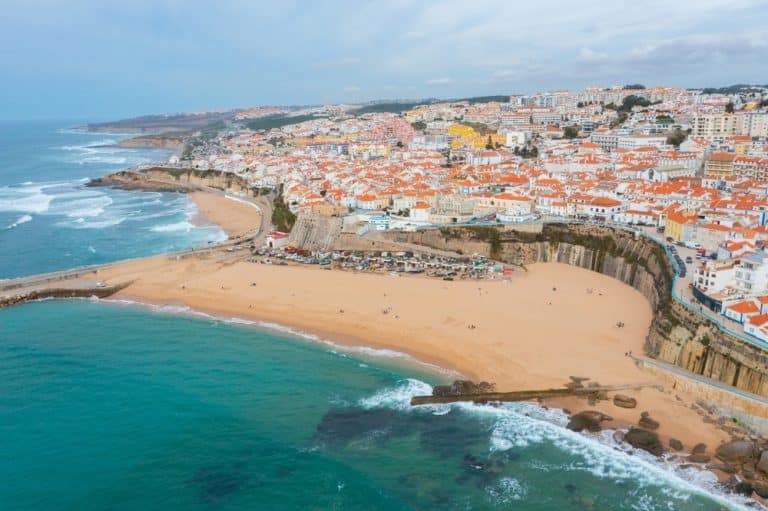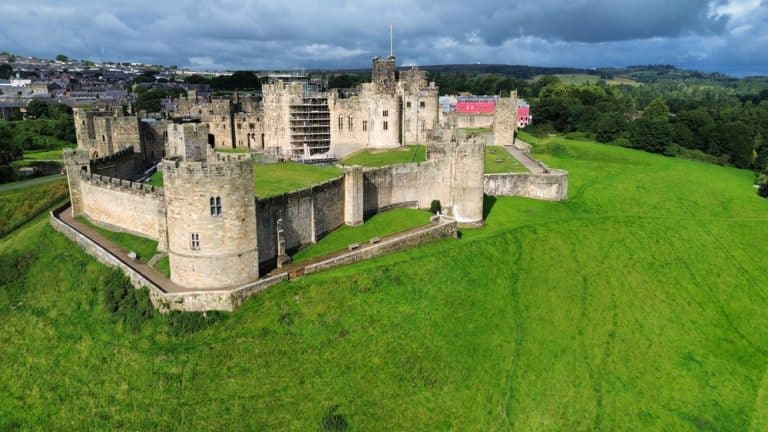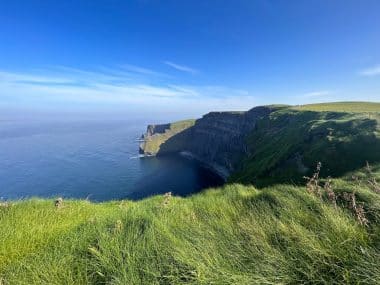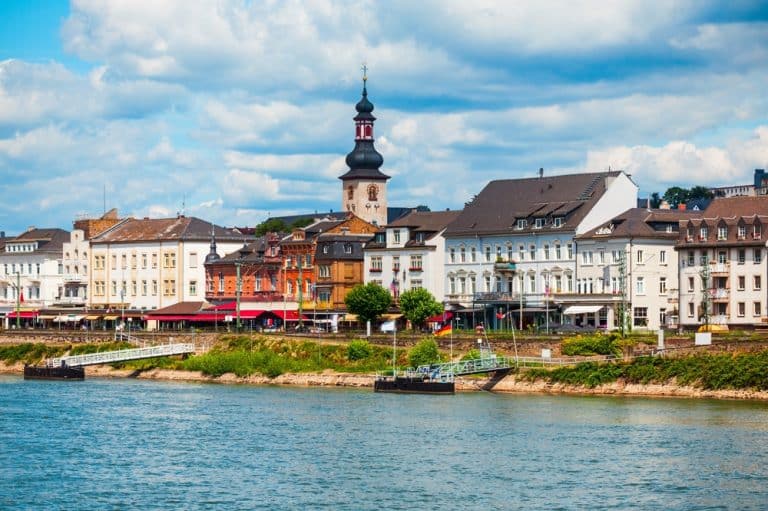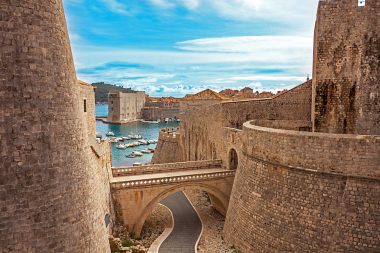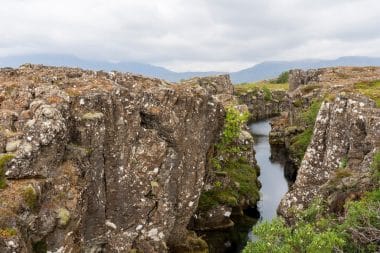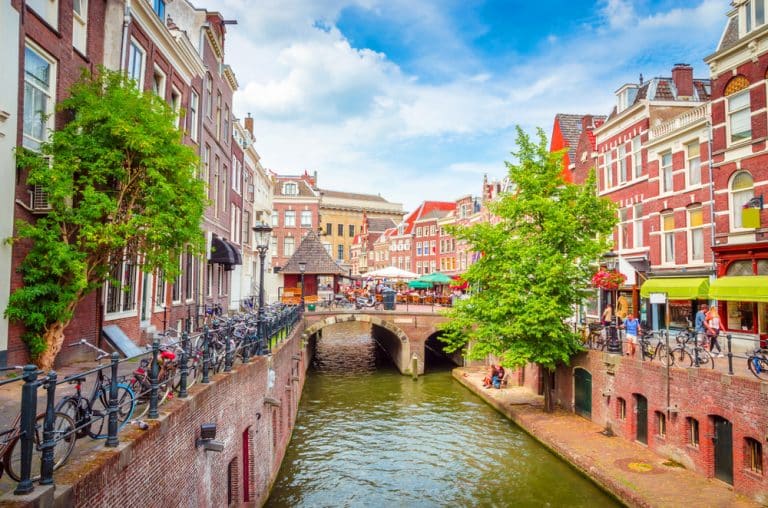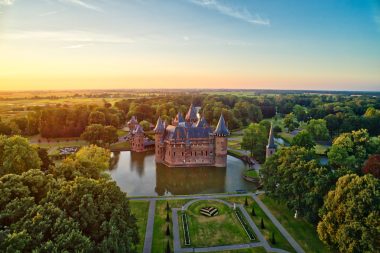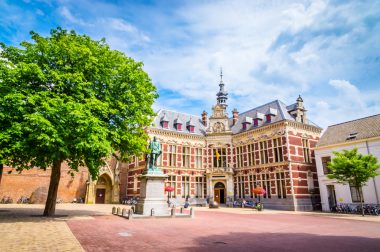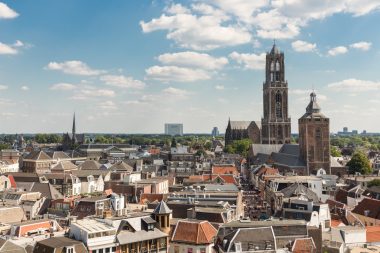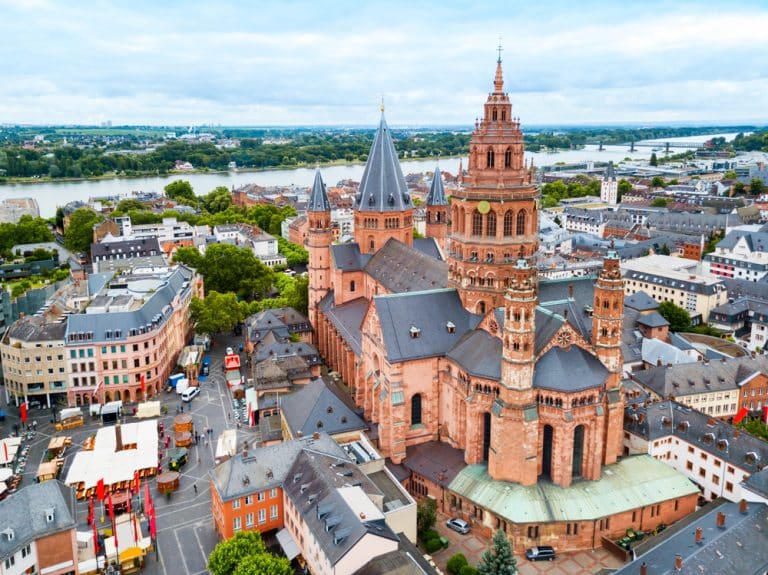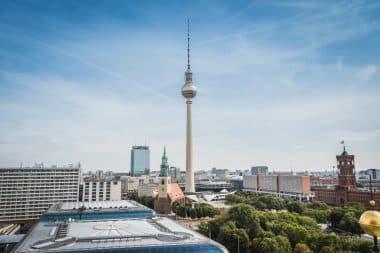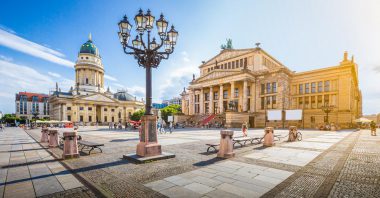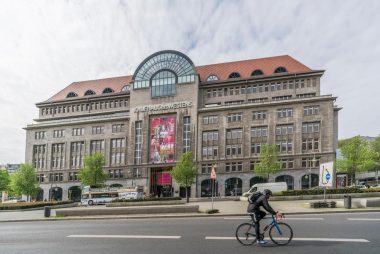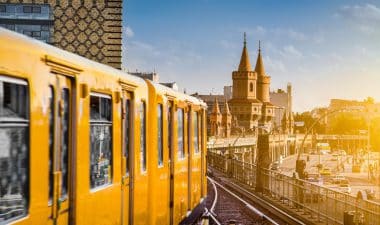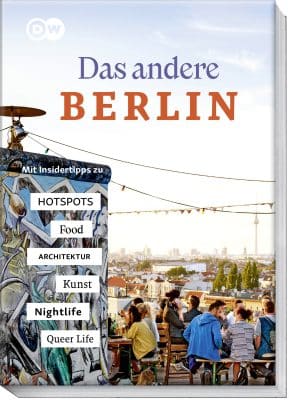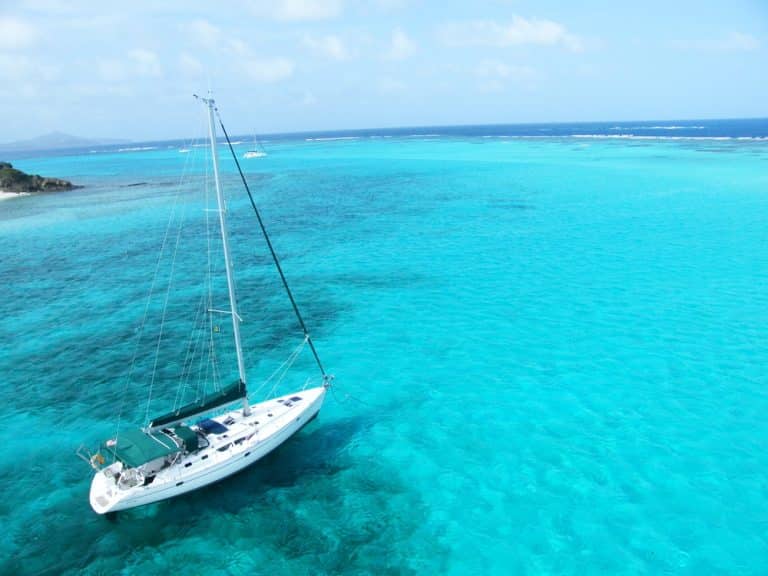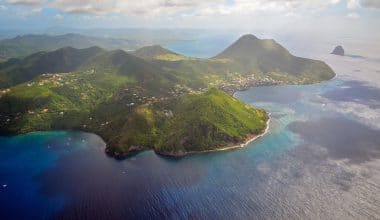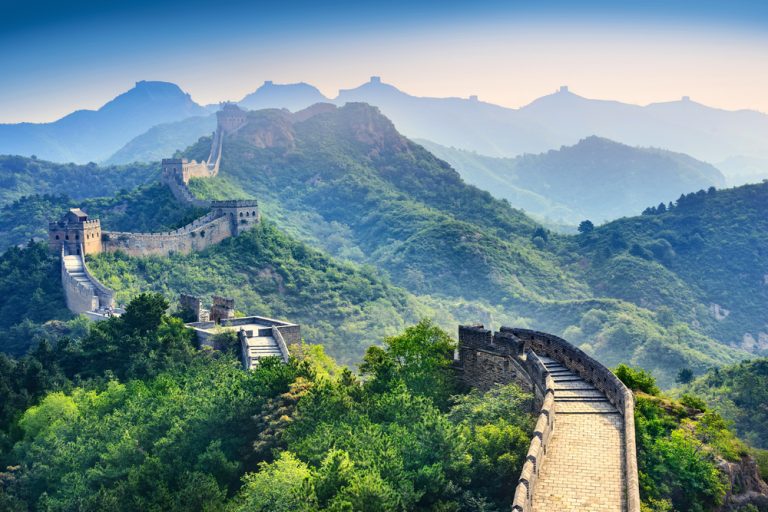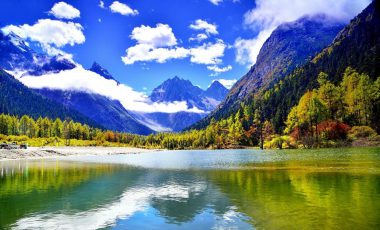Ericeira in Portugal is a fishing village with a long history. Geographically, it is located approximately 36 kilometers northwest of the capital Lisbon. The traditional village is particularly popular with travelers from all over the world and provides unique impressions. In particular, the view of the Atlantic Ocean is a real highlight. Portuguese cuisine also provides many culinary delights here.
The traditional charm of Portugal
Culture lovers will get their money’s worth in Ericeira, as chapels that are already centuries old can be visited. Figures in the Baroque style can also be seen here. Within just 45 minutes by car, many other cultural highlights can also be reached. The centre of Ericeira invites you to stroll and offers insights into contemporary Portuguese life.
The ideal place for sporting adventures
Ericeira is particularly known as a paradise for surfers. Water sports enthusiasts can be physically active here and enjoy the fantastic landscape. Also, if you want to learn to surf first, you are always at the right address here. It is not for nothing that the place is one of the most popular surf spots in all of Europe. The natural landscape is also ideal for outdoor walks. The airport is also only 43 km away, making Ericeira easily accessible for holidaymakers from all over the world. In addition, there are many other cities in the area that are worth exploring. If you want to unwind or relax with the whole family, you can also spend days on the beach and enjoy the atmosphere.
The best time to visit Ericeira
The temperatures are particularly pleasant and warm from April to October. Here the water temperature rises to over 20° and the air temperature is very pleasant at about 25° without it being too hot. The months of July and August are the high season, as the sun shines particularly often at this time and many hours of daylight make the stay very pleasant. Experienced surfers are also in good hands here in the period between September and April. Each season has a unique charm. The optimal duration of the trip depends on your own wishes. If you stay longer than five days, you can enjoy the full experience, stroll through the city, surf, spend days on the beach and visit restaurants and cafés.
A relaxed journey
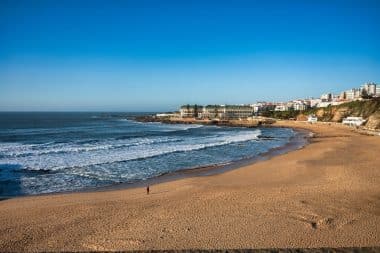
Since the airport is not far from Ericeira, the journey is unproblematic. From the airport, you can take a taxi to the hotel or accommodation. It is also possible to rent a car or use public transport. If you want to use public transport, you should find out about the connections in advance. It is advisable to rent a car for personal flexibility, but you can also explore the countryside on foot, depending on the location of the accommodation. The advantage of a rental car is that you can surf in different places all year round. Many different places along the coast are easily accessible here and flexible surfers have the opportunity to gain a variety of experiences. One of the most important beaches for surfing is within easy reach of the centre. If you don’t want to rent a car on holiday, you should make sure that the accommodation is close to the centre. A shuttle runs to the city during the summer months. The most expensive rental car is in the summer months, as this is the high season. Here, too, it is worthwhile to find out in advance cheap options for renting a rental car.
Experience culinary delights
There is of course the option of choosing a hotel with half or full board. But even those who like to stroll around in the evening can discover Portuguese cuisine in the many different restaurants. The dishes here are affordable and bring visitors closer to the characteristic taste experiences. The winding streets invite you to stroll and here you will find many traditional restaurants. In the summer months, it is advisable to make a reservation in advance, as the small restaurants are particularly popular. Fresh tapas and much more can be discovered here. For the ambience alone, a visit to the traditional restaurants is always worthwhile.


